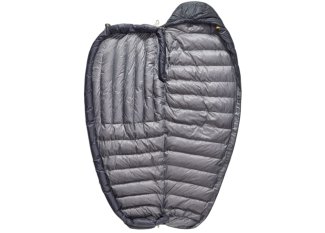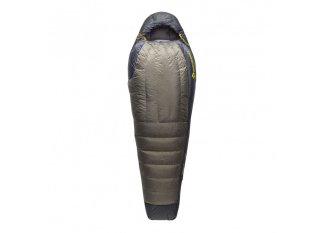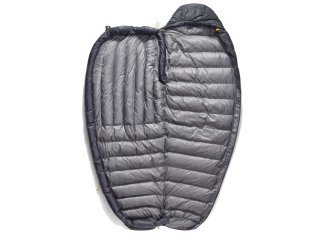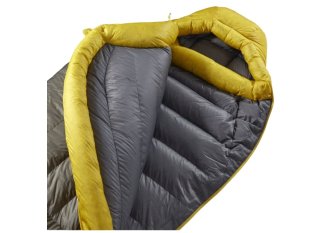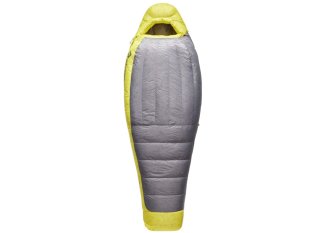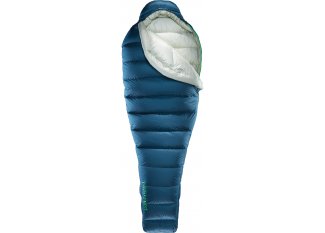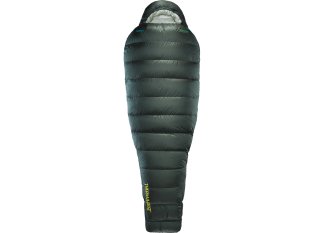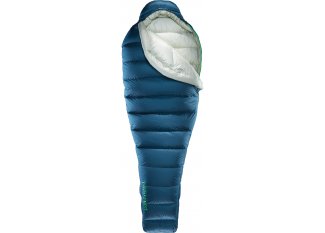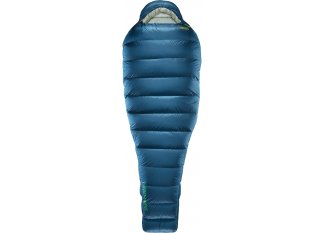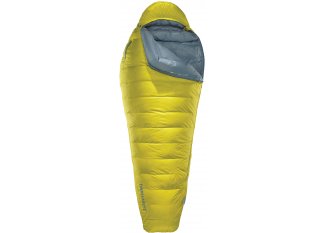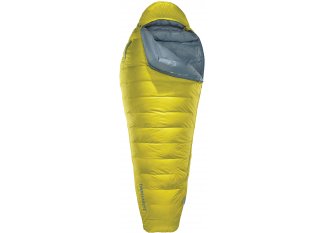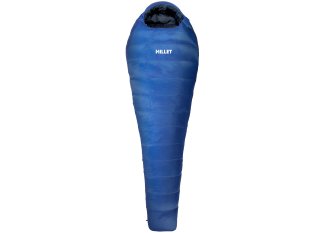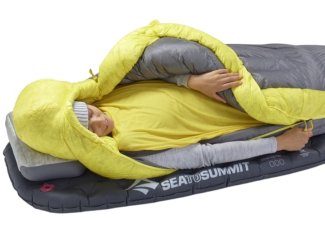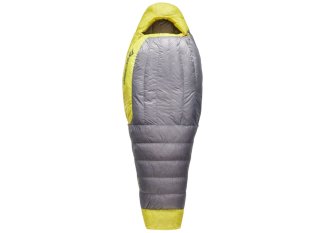Choosing the right sleeping bag
Whether you're an occasional hiker or an enthusiast of nights under the stars, choosing the right sleeping bag is crucial. There's nothing like a comfortable night's sleep to start off on the right foot the next morning! Bulkiness, composition, usage, and comfort temperature are all criteria to consider. Let's explore the key points to know to avoid mistakes in choosing your bag.
Usage
This is obviously a crucial criterion, from which the choice of other characteristics will follow. If you plan to conquer summits, a cold-weather bag will obviously be required. These bags, particularly warm and comfortable, are nonetheless quite bulky. There's no need to burden yourself with one if you prefer to spend summer nights stargazing.
To choose the right model, the European standard EN 13537 has set 3 temperature thresholds:
- Comfort temperature: the threshold at which it is still possible to sleep in a relaxed and comfortable manner;
- Lower limit temperature: the threshold forcing an individual to sleep in a fetal position to retain maximum warmth;
- Extreme limit: the temperature at which the risk of hypothermia is possible after several hours.
Filling: synthetic or natural down for my sleeping bag?
Of course, nothing beats the good old natural goose down! Ultra-light, breathable, and particularly fluffy, this filling promises restful nights. Duck down appears as a good alternative to goose due to its lower price, while being less insulating. It's up to you to choose the blend ratio between feathers and down: the higher the proportion of down, the more comfort and warmth the sleeping bag will provide. Finally, and most importantly, down and feather sleeping bags are much less bulky.
Against down, synthetic fibers offer two strong points: their price, significantly lower, and better resistance to moisture. Maintenance is also very easy since it just needs to be machine washed. However, synthetic filling offers thermal insulation of inferior quality compared to down, at an equal price.
Shape
The answer to this question is very simple: for use in hiking or bivouacking, the mummy shape is preferred: it improves thermal insulation by conforming to the body shape, offering a comfortable hood, and taking up less space than the rectangular bag. The latter, however, will be perfect for use in more clement conditions (refuge, summer...).
The choice of your sleeping bag depends strongly on the use you will make of it. Don't forget to consider a few small details that some models offer: zip closure, inner pocket, or the addition of an external insulating fabric.
Remember that a good night's sleep is crucial to last during your expeditions!



